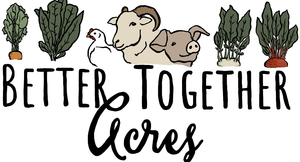Dill
 Description:
Description:
Dill is a delicate, feathery herb with soft, blue-green leaves and a distinct, slightly sweet, anise-like flavor. This versatile herb is used in various cuisines, adding a fresh, aromatic touch to both cooked and raw dishes. Dill is commonly associated with pickling, but it can also enhance the flavor of salads, soups, sauces, and seafood dishes.
Nutritional Highlights:
- Vitamin C: An antioxidant that supports immune health and collagen production.
- Manganese: A trace mineral involved in metabolism, bone health, and wound healing.
- Calcium: Crucial for bone health and muscle function.
- Iron: Essential for oxygen transport in the blood and energy production.
Storage:
To store fresh dill, trim the stems slightly and place them in a jar or glass of water like a bouquet of flowers. Loosely cover the leaves with a plastic bag and store in the refrigerator. Change the water every few days to maintain freshness. Alternatively, you can wrap the dill in a damp paper towel and store it in a plastic bag in the refrigerator.
Cooking Tips:
- Pickles: Dill is a key ingredient in traditional dill pickles, adding its characteristic flavor to cucumbers and other vegetables.
- Seafood: Dill pairs beautifully with various seafood dishes, such as salmon, shrimp, and tuna. Sprinkle chopped dill over cooked fish or add it to sauces for a fresh, herbaceous flavor.
- Salads and Dips: Dill adds a bright, refreshing taste to salads, yogurt dips, and creamy dressings.
- Soups and Stews: Add chopped dill to soups and stews during the last few minutes of cooking to preserve its delicate flavor.
- Potatoes: Dill complements the earthy flavor of potatoes, whether roasted, boiled, or mashed.
Recipe Inspiration:
- Creamy Dill Sauce for Salmon: https://www.tasteofhome.com/recipes/salmon-with-creamy-dill-sauce/ (Taste of Home)
- Cucumber Dill Salad: https://www.foodiecrush.com/dill-cucumber-salad-and-5-more-super-simple-cucumber-salads/ (Foodie Crush)

